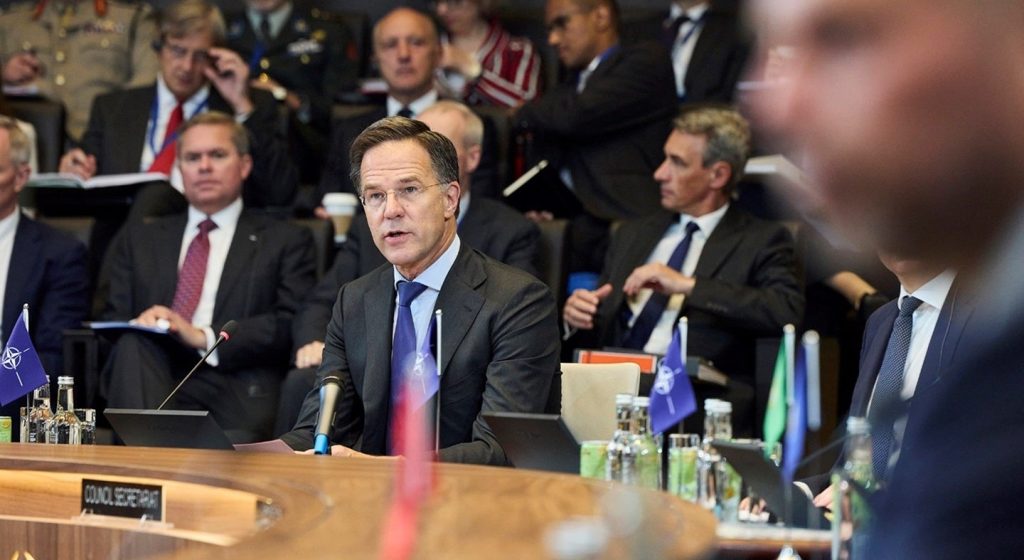
With no shortage of Russian threats, European nations are still too reticent to invoke article four of the Nato Charter, remarked Benjamin Schmitt, senior fellow in energy policy at the University of Pennsylvania.
Schmitt observed an imbalance between Nato’s practical and political responses to Russian threats during a panel discussion on 5 June at the Polish Embassy in London, hosted by the Council on Geostrategy.
Article 4 of the Nato Charter – not to be confused with Article 5, which refers to the principle of collective defence – mandates that alliance members consult one another when an ally’s security, territory, or independence is threatened. While eight member states have already invoked this right in response to Russia’s invasion of Ukraine on 24 February 2022, no nation has pursued the same end, for the same reason, for themselves.
“We need to see that our politicians are leading the way and having the courage not to want article four, but to allow Article 4, because it will allow our own populations to know that we’re taking this seriously at a political level,” said Schmitt.
In the same stroke, he noted it would also send a strong and unified message to Moscow and Beijing.
Russian aggression in the Euro-Atlantic
Russia, and other adversaries such as China, have stepped up their capacity to undermine the West in recent years and in various ways excluding direct, conventional combat.
The adversary has targetted many countries and businesses dotted across the Euro-Atlantic. Ranging from cyber attacks against logistics companies supporting the transfer of war materiel to Ukraine, sabotage of Baltic seabed infrastructure connecting Estonia and Finland, assassinating opponents of the regime on UK soil, and last year there was even intelligence indicating Russian intentions to deploy a nuclear weapon in space.
Their propensity for ill-defined conflict has given rise to the phrase ‘gray-zone’, an imprecise description of the dubious space between peace and war that has complicated Nato’s collective response.
Fear of escalation
In practical terms, Nato is doing a lot to respond to these threats including their vigilance mission Baltic Sentry, increased interoperability, and waves of sanctions to name a few.
There are many responses at a national level too. Last week, the UK introduced a new strategic concept known as “Atlantic Bastion”, a multi-domain endeavour to deter Russian submarine presence in the North Atlantic using various means.
However, this contrasts with the limited political response within Nato, as Schmitt recognised. It is difficult to see the reasons for the disparity between practical and political responses. But it could be said that there is a fear of escalation, or of dragging Nato into a war with Russia. This is now a serious concern, with some expert observers predicting a direct conflict in the next three years.
This political reserve was a defining mark of the previous US administration under former president Joe Biden. He had persistently denied Ukraine from deploying long-range weapons, powered by US-made components, against military targets deep inside Russia out of fear of escalation until very late in his premiership.
What value is there behind Article 4?
Any member country can formally invoke Article 4 of the North Atlantic Treaty. This has occurred seven times in Nato’s history, all in the 21st century, with Türkiye invoking the right five times.
As soon as it is invoked, the issue is discussed and can potentially lead to some form of joint decision or action on behalf of the alliance. Whatever the scenario, fellow members sitting around the North Atlantic Council table are encouraged to react to a situation brought to their attention.
“Article 4 is broad in scope and its invocation can have a signalling effect – intended to raise awareness of a specific threat – and may act as a deterrent. Article 4 consultations do not prejudge any further action by the Alliance,” a Nato official defined.



